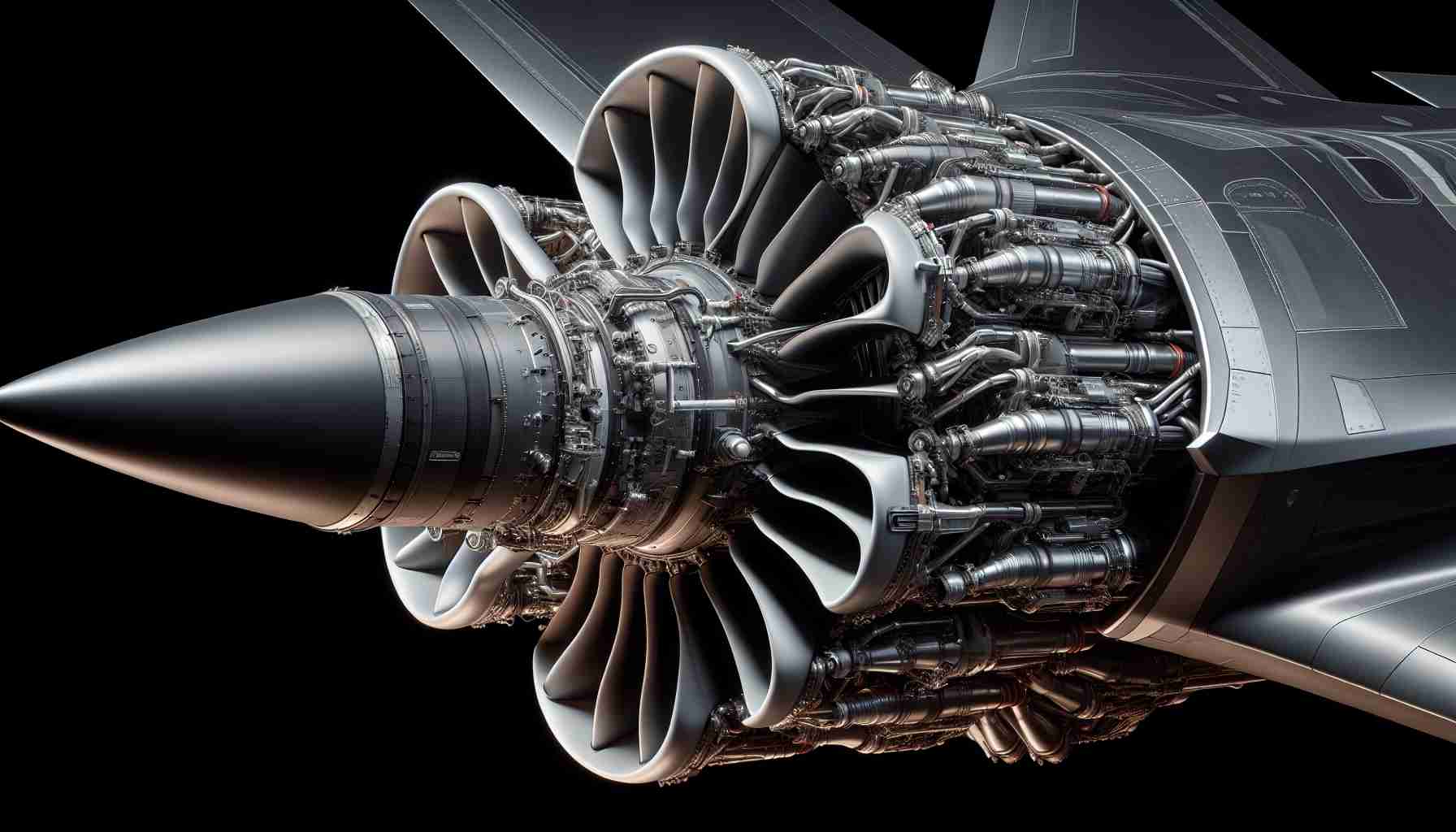SOURCE: AFI


The Chief of the Defence Research and Development Organisation (DRDO), along with a former Indian Air Force (IAF) Chief, has underscored the need for the development of a 110kN-class engine for India’s ambitious Advanced Medium Combat Aircraft (AMCA) program. This new engine, designed to power India’s 5th-generation fighter jet, will mark a significant leap forward in engine technology, featuring advancements that will not only serve the AMCA but also provide a foundation for future 6th-generation aircraft platforms.
The call for a 110kN engine stems from the need to equip the AMCA with a powerplant that meets the demands of modern air combat, while also ensuring future scalability. The AMCA, envisioned as a 5th-generation fighter, requires an engine that incorporates next-generation technologies, with a focus on thermal reduction measures, stealth features, and superior thrust-to-weight ratios.
This new engine will be a vital component in achieving superior agility, high-altitude performance, and extended range for the AMCA. The Indian fighter jet program is intended to rival global counterparts like the F-35, and its engine must therefore support cutting-edge capabilities in combat scenarios.
Key Features of the 5th-Generation Engine
The 5th-generation jet engine designed for the AMCA will incorporate several crucial features that ensure both performance and survivability in a contested environment. These include:
Modular Architecture: The engine will have a modular design that allows for easy maintenance and upgrades. This is important for extending the engine’s life cycle and incorporating future advancements without needing a complete overhaul.
Thrust Vectoring: The engine will feature thrust vectoring capabilities, which allow the aircraft to maneuver more sharply and maintain stability at high angles of attack. This will be critical in close combat situations and in maintaining air superiority.
Thermal Management and Reduction Measures: Reducing the engine’s thermal signature is a primary focus. Advanced materials, such as ceramic matrix composites, will be used to dissipate heat efficiently. The goal is to minimize the infrared (IR) signature, making it harder for adversary IR-guided missiles to track the aircraft.
Supercruise Capability: The engine will enable supercruise, or sustained supersonic flight without afterburners. This allows the fighter to cover long distances at high speeds without consuming excessive fuel, increasing the aircraft’s endurance in combat missions.
Stealth-Optimized Design: The engine will be designed to complement the stealth characteristics of the AMCA, focusing on acoustic and thermal suppression technologies. Advanced nozzle designs and heat-absorbing materials will minimize detection by both radar and infrared systems, crucial for maintaining low observability in hostile environments.
The 110kN engine being developed for the AMCA is not just limited to 5th-generation capabilities; it is designed with an eye towards future 6th-generation fighter platforms. The core technology of the engine will be upgradable, enabling the incorporation of new technologies over the next 30 years.
In modern military aviation, engine technology is a critical enabler of not just performance but also survivability. The Indian AMCA program, powered by a 110kN-class engine, will place India among a select group of nations capable of developing 5th-generation fighters indigenously. This not only boosts the country’s defense capabilities but also reduces dependency on foreign suppliers for high-end military technologies.
The DRDO Chief’s call to focus on the core thermal reduction technologies and stealth measures reflects a forward-looking approach. By designing an engine that remains relevant for the next 30 years, India is not only investing in the immediate success of the AMCA program but also laying the groundwork for its 6th-generation fighter ambitions. This strategy ensures that India’s fighter fleet remains competitive in a rapidly evolving global security environment.